We go through everyday life without truly realizing where ingredients of certain products come from. This thought entered my mind while I was doing my daily and very girly routine of applying make-up. On the back of one of the products where the ingredients are listed, the word Marula –oil caught my eye. This got me thinking about the beautiful plants and trees in Namibia and the wonderful qualities they posses to enhance our lives. Here is a lowdown with the inside secrets of trees in Namibia.
The Marula tree - Sclerocary Birrea
Ladies listen up, if you want to take a few years of that ageing skin, Marula oil does wonders. Believe it or not, many years ago, women used Marula oil rather than water to clean themselves.
The Marula fruit has a juicy centre and can be compared to the taste of a mixture guava, litchi, apple and pineapple. This is a very important food source for inhabitants of northern Namibia - not only the people but also the animals. The elephant (due to their fantastic sense of smell) will walk many kilometers to get hold of this African delicacy.
The ladies in the area posses of a skill that has been passed down for many generations; the inside of the marula fruit, underneath the wall of sweet flesh is a brown kernel. The Kernel contains seeds which hold a great amount of oil, used in food dishes and as skin moisturizers. The oil helps protect skin from pollution and improves skin hydration.
The most delicious use of marula fruits: Amarula. A drink so creamy, wild and free, that you can actually taste Africa. No wonder it’s called the spirit of Africa. (P.S remember to specifically ask for the Amarula cheesecake when you are visiting Canyon Roadhouse in the south of Namibia… My mouth is already watering just by the thought of this)
The quiver tree – Aloe Dichotoma
The quiver tree plays a very important role in Namibia. Did you know, the tree is featured on the Namibian 50 cent coin?
The flowers, bright yellow in color, draw insects, but also birds and mammals. The sugarbird loves the taste of the flowers and the tree serves as an important nesting spot for sociable weavers – the exceptional self cooling characteristics of the tree protect sociable weaver nestlings from extreme heat.
The San people also find these trees significantly important. The bark of the tree is filled with a white soft fiber – a special water-storing tissue. The San take advantage of this feature by using hollowed out bark as a natural refrigerator and to store water.
The Makalani Palm - Hyphaene petersiana
The northern part of Namibia plays host to these 20 meter high palms trees that are not only a beautiful feature to the area, but has a wide range of uses for the locals.
The leaves are cut off and weaved into beautiful baskets, rugs and hats; a true Namibian art form and a skill that amazes me. It is like the weavers’ fingers were created to do weaving. It comes naturally to them and is done with utmost care but with such ease.
The Makalani fruit is collected and fermented into a traditional drink called Ombike (OM-BIE-KE). The nuts which are very hard to crack are carved into ornaments like key rings or necklaces.
Due to the very hard consistency of the nut, it is also serves as fuel for fires made for cooking in the rural areas.
The Baobab Tree - Adansonia
A majestic wonder in nature one of the largest trees in the world is associated with many legends and often referred to as Namibia’s oldest resident. Another name for the tree is the “upside down tree’ because for most of the year, it is naked of leaves and looks like somebody planted the poor old bloke upside down with its roots sticking up in the air.
It can reach a height of up to 30 meter with a trunk diameter of 11 meter and the most amazing part of it all – the tree can hold up to 120 000 liters of water! That is mind blowing to say the least.
The baobab, due to its enormous form, provides a great deal of shade. The leaves and flowers of the baobab are consumed by animals providing them with much needed vitamins. The leaves which are extremely rich in Vitamin C and sugar, is cooked as spinach.
The fruits, inside a velvety shell, are also very rich in Vitamin C and the taste is a cocktail of grapefruit, pear, and vanilla'.
Are there any trees or plants you would like to tell me about? Or do you have an exceptional use for some part of a tree in Namibia? Let me know in a comment below.
Jessica Thomas is a local freelance writer. She is an eccentric young lady who has a love affair with writing. Get on board her journey of discovery


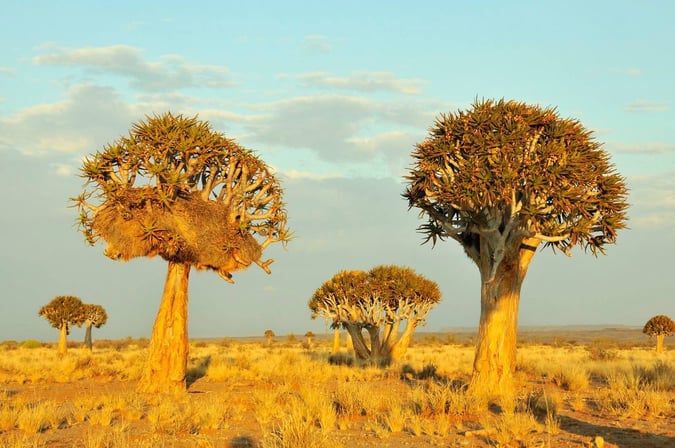
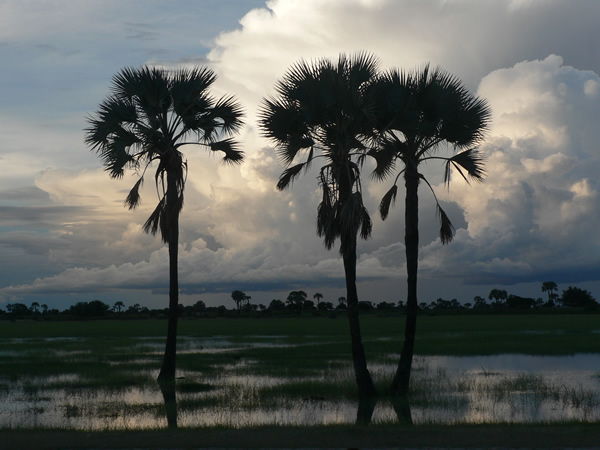
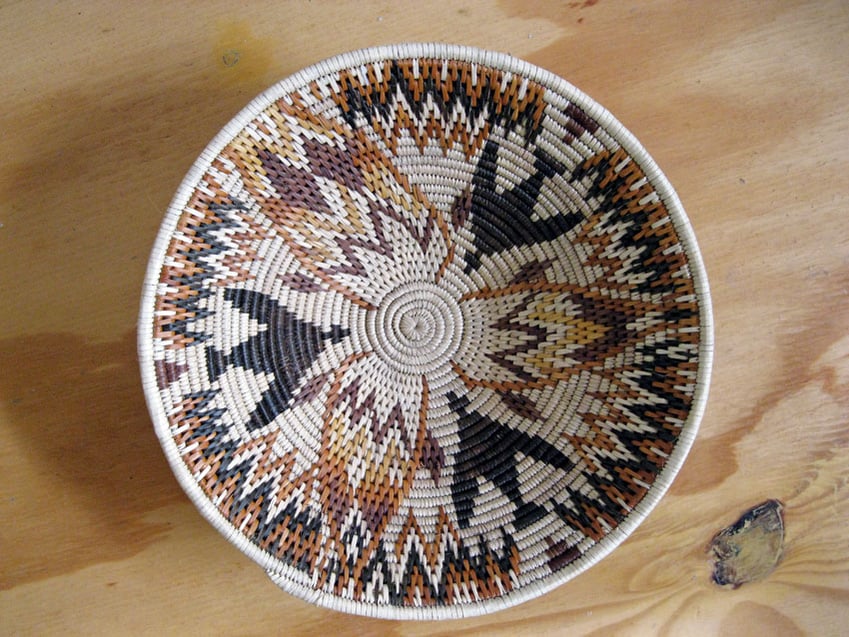
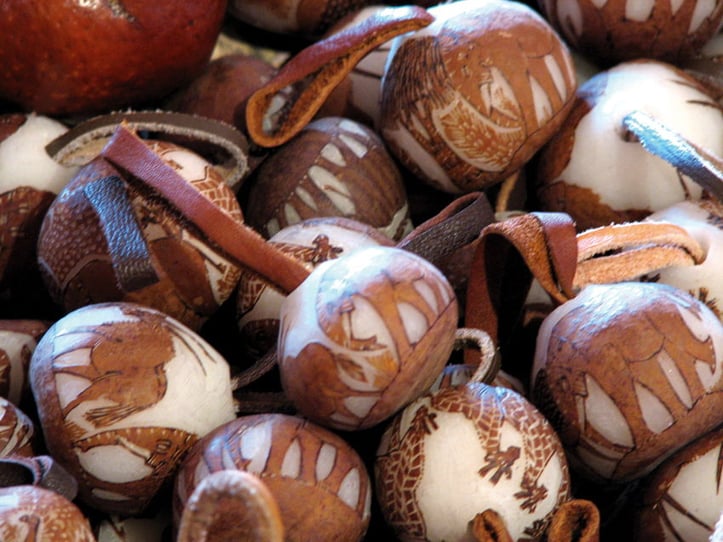


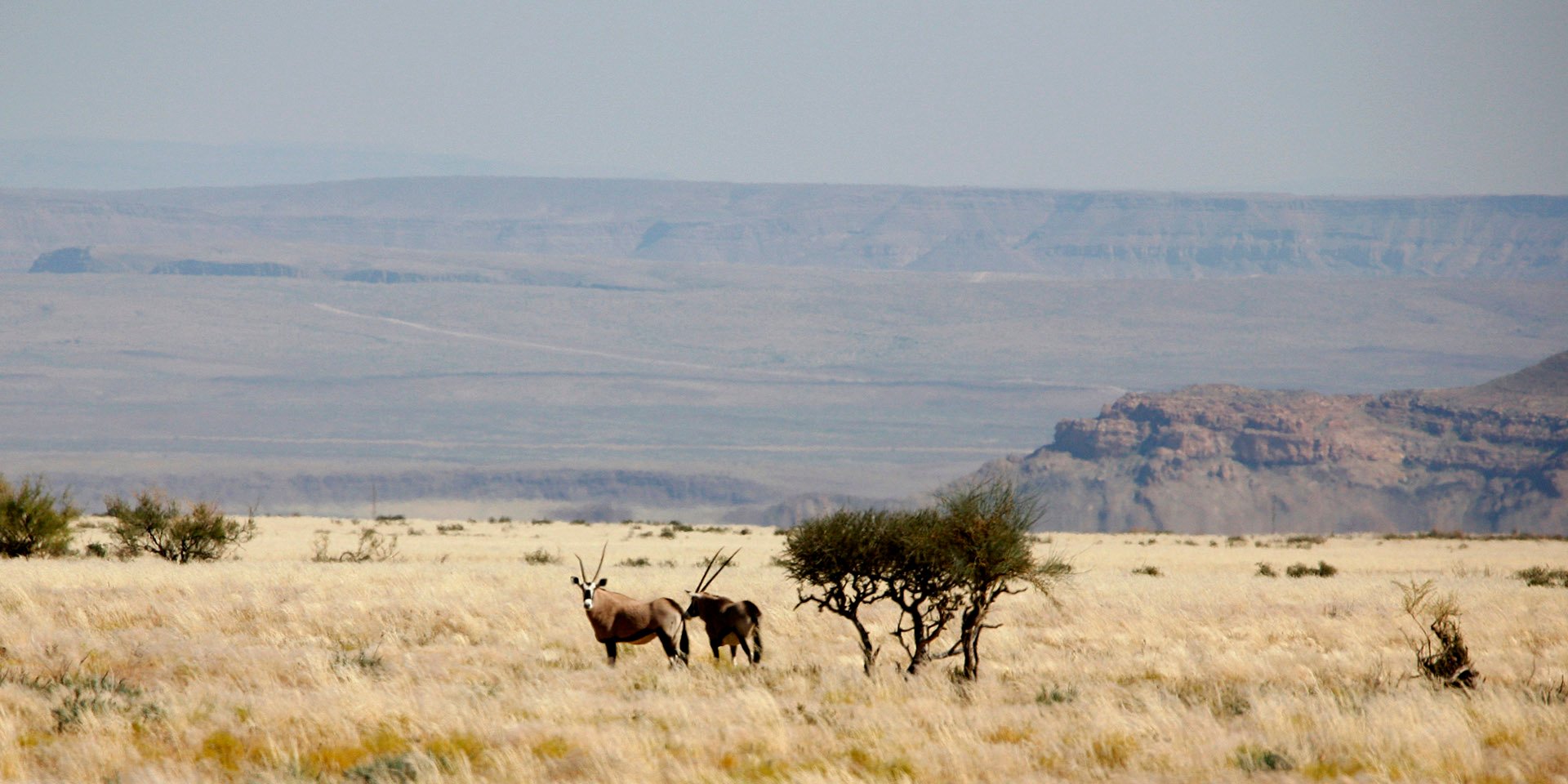
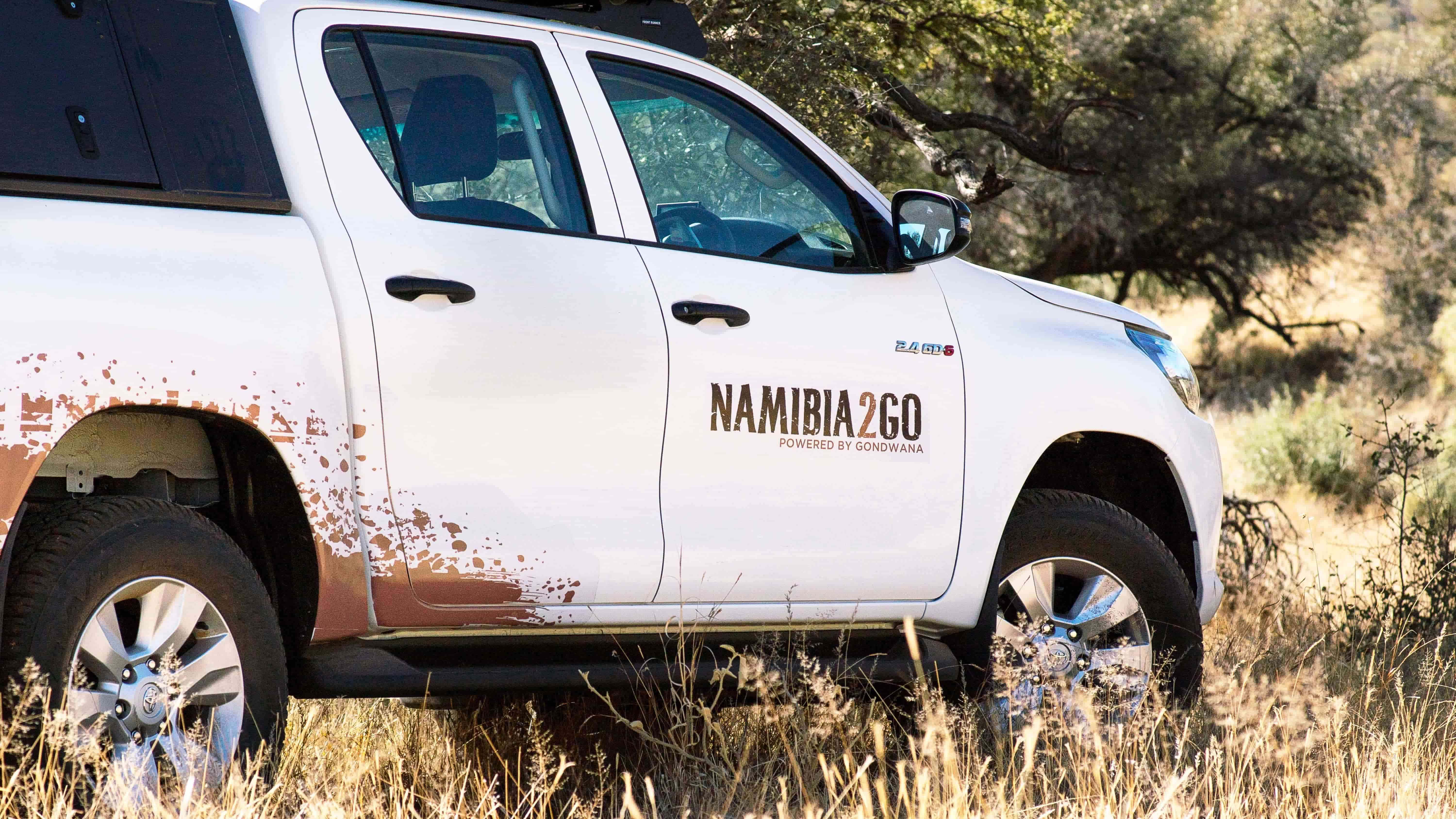


SUBMIT YOUR COMMENT